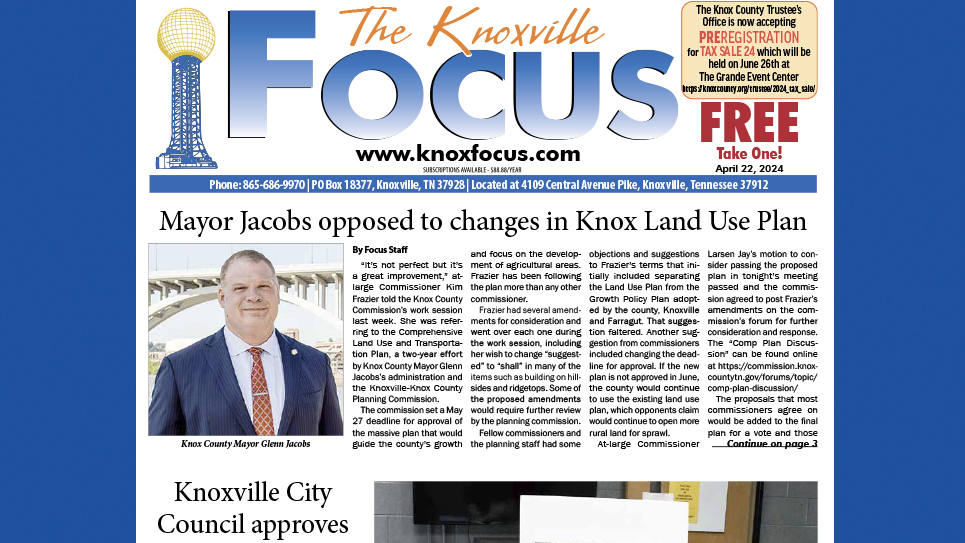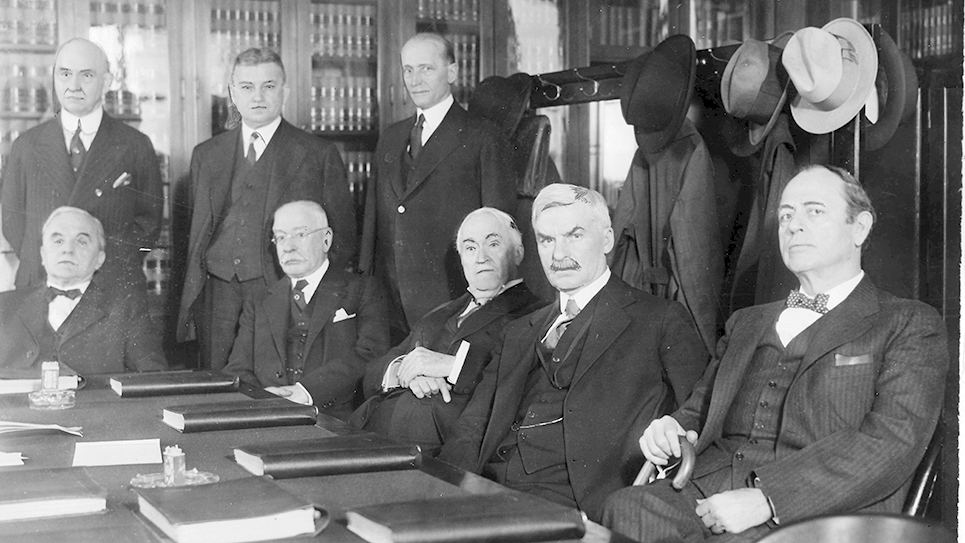“Nattering, nabobs of negativity” pester me episodically to confine my column to medical issues. I rarely respond to such hectoring which is often merely illiberalism on display, where I’m told to shut up and figuratively “move to the back of the bus” with Rosa Parks.
As I’ve said many times, I write about what’s on my mind rather than to fulfill an assignment. And I try to cycle my essays to reflect my interests which include medicine, spirituality, science, the arts, philosophy and history. Often my essays encompass many of my interests, including politics. The word politic derives from the polis or ancient Greek city-state. The meaning comes down to us as the workings of our Republic. The great leader of the Athenian polis was Pericles. After the first difficult year of the Peloponnesian War, Pericles said of those who maintain they are “minding their own business and have no interest in the polis, we say they have no business here at all.”
In the cycle of topics I’ve decided to write about America’s epidemic. No, I’m not talking about Ebola or influenza. We have an epidemic of obesity and diabetes, and they are related. Obesity is less a pejorative term than a medical one. The BMI (body mass index) is a useful tool to define obesity. Normal weight is 18.5-25.0 kg/m2. An overweight person registers 25-30.0, and obesity is defined as a BMI of 30-39.5. At a reading of > 40.0 you are considered morbidly obese, and the health consequences increase exponentially. Over the last twenty-four years the percentage of obese Tennesseans has increased from eleven to thirty-one percent. At the same time the incidence of diabetes has almost tripled. Folks, the human species has not changed genetically over the last several decades. We eat too much, exercise too little and we are too fat.
Type 2 diabetes is more common, accounting for 95% of diabetics. There are “almost 100 genes or genetic regions” (JAMA Sept. 2015) associated with type 2 diabetes which may confer a 25-40% increased risk of this disease. And diabetes dramatically increases the risk of cardiovascular disease. Increased vascular disease is related to the accelerated fat deposition in blood vessels from biologic aberrations of uncontrolled diabetes. Interestingly, science has recently found an increased risk of colon, pancreas, breast, liver and uterine cancers in diabetes, though the mechanisms remain obscure.
As a mechanistic kind of guy, I try to look beyond what is wrong and wonder why something occurs. Similarly, I focus beyond what a politician says and ask myself why they’re making such a statement. You should as well. I have to admit that I find diabetes less intriguing than its mechanisms. Several years ago I came upon the “thrifty gene hypothesis” as an explanation for obesity and diabetes. Our ancestors were hunter-gatherers, though less successful than moderns who hunt and gather at the local grocery. When our ancestors killed a large animal, a survival benefit might logically ensue if the clan could consume and digest large amounts of the protein-rich flesh before more powerful carnivores stole their kill. It is thought that the insulin molecule developed to more efficiently move absorbed food from the bloodstream into cells of the body where it could be stored as energy reserves (fat). And in lean times the precious reserves could then be parsimoniously doled out to sustain the hunter and the clan.
In type one diabetes there is a profound deficiency of insulin which is thought to occur with an autoimmune response to a viral infection of the insulin producing Beta cells of the pancreas. Type one diabetes was historically a death sentence. However, with the discovery of insulin in the 1920s, hope returned. Medical science has been able to keep people with type 1 diabetes alive with daily injections of insulin, including insulin pumps which deliver constant drips of insulin supplemented with mealtime bolus injections. We have not perfected an “artificial” pancreas which constantly monitors blood sugar and administers appropriate boluses of insulin. Even with insulin pumps, patients have to check their blood sugars 4-5 times a day, stay on a careful diet and risk hypoglycemia (low blood sugars), which can lead to confusion when the brain is deprived of its preferential energy source. Pancreas or Beta cell transplants are also being used, but these patients must take anti-rejection medications for life to suppress their own immune system’s desire to reject foreign transplanted tissue.
Type two diabetes is associated with cellular resistance to insulin rather than a deficiency. Actually, a much higher than normal insulin production results as the body tries to overcome the cellular resistance. It does so for a while, but at the cost of altered biology and accelerated vascular disease. There are many mechanisms for the altered resistance, but the principle defect occurs with obesity.
You may be surprised to learn that diabetes mellitus is a Latin term which means “sweet urine.” The Romans didn’t have chemical analyzers to diagnose diabetes or technology which enables a patient to prick his finger and place a drop of blood on a test strip and have it interpreted by a home colorimetric analyzer. The Romans did understand that obese diabetics got better with dieting.
Fortunately, we have good tests which enable doctors to make an accurate diagnosis of diabetes which is foundational to good therapy. The simplest and least expensive test is a fasting blood sugar. This test can be supplanted with the Hgb A1c (hemoglobin A1c) test which averages the blood sugar over the previous three months. The old glucose tolerance test is rarely necessary these days. An exception is the modified glucose tolerance test in pregnancy.
When I trained in the 1970s we only had insulin and sulfonylurias to treat diabetes. The latter actually increase insulin production in type two diabetics and help overcome insulin resistance, for a while. Now, I count nine classes of drugs, and one to five options in each class. For type one patients, insulin is preeminent. For type two patients, diet and weight loss are preeminent, and medications are ancillary or a bridge to better lifestyle choices. And even if we were able to discover the precise genes involved in diabetes, we don’t have the ability or possess the wisdom to tinker with human DNA.
So there you go; an essay mostly about medicine and science with only a smattering of history and politics. Satisfied?






